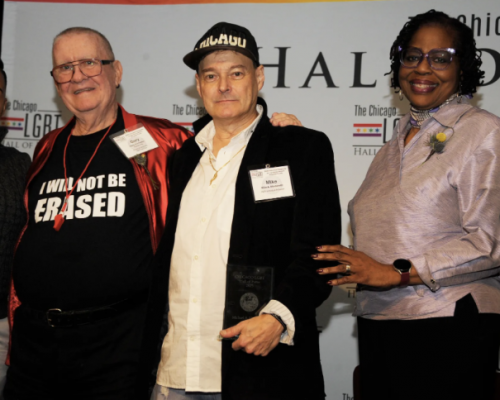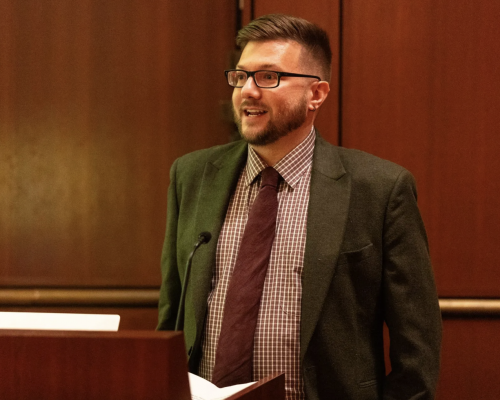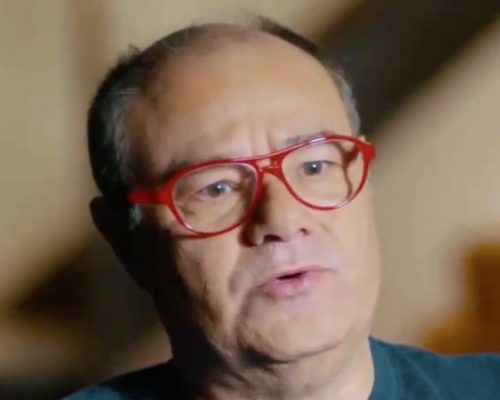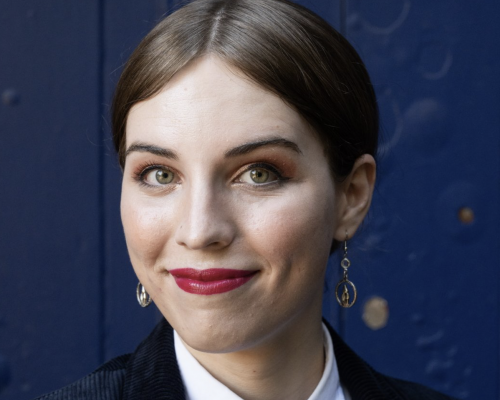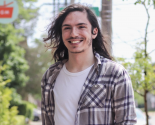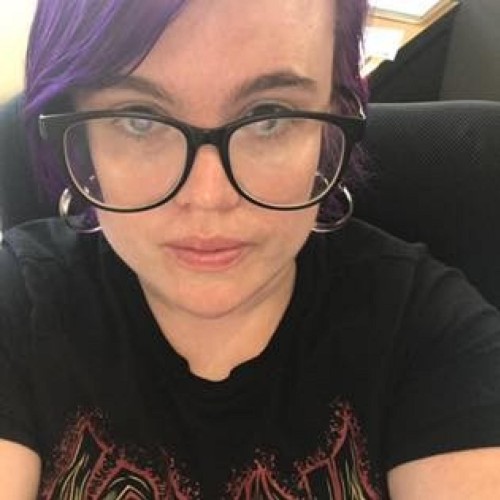
Finding Pride’s meaning while working at LGBTQ magazine
by Addison Herron-Wheeler
(Addison Herron-Wheeler is the co-publisher and editor in chief of Out Front Magazine [OFM], based in Denver. The following editorial appeared in the magazine’s July 2024 issue and is reprinted below with permission.)
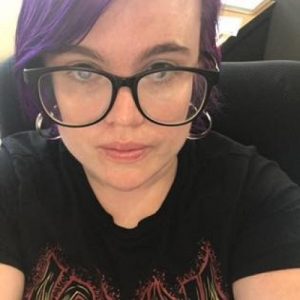
Back in 2017, I finally landed my dream job as part-time digital content manager for OFM. This was following years of working for companies that were not queer-inclusive, as well as decades of denying who I am.
I headed to my first Pride not really even thinking much about what that meant. I had been in grind mode for so long that I was stoked about what I was doing, but in a way, I was going through the motions. Pride was a part of working at OFM, which meant that I would show up, work hard, and pull my weight.
Before starting at OFM, I still hadn’t given my own sexuality as a bisexual/pansexual person much thought, and I hadn’t even begun to explore my gender. Though I was actively dating a woman and married to a man, I still thought of myself as more of an ally in that I didn’t need to be the center of attention or celebration due to all the privilege I carry (straight-passing, cis-passing, white, etc.).
I’m a millennial, which means that back in the very early 2000s, I still took a gender-segregated health class with a lot of abstinence-only and total sobriety-only scare tactics. In early high school, they had our all-girls health class watch a video on the AIDS crisis and how a straight woman got AIDS during that time. She got it from a one-night stand that she had with a flamboyant, Fabio-looking man. Though it was delivered subtly, the message was clear: The man she slept with was bisexual, a deviant who had spread the “gay disease” from queer folks to straight folks thanks to his raging libido.
This was my first exposure to bisexuality in the media, and it was an incredibly negative one. Since then, I tried to pay as little attention to my own identity as possible, even when I did finally come out.
But when I made it to Pride that first year, I felt a difference. Walking around, I saw so much celebration beyond just gay men and lesbians. I saw flags, buttons, and slogans that I wasn’t even familiar with and witnessed so much love and support for bisexual, pansexual, queer, and trans folks.
As I signed our Pride banner that first year alongside my coworkers and people who approached the booth, I was overwhelmed with a sense of gratitude and belonging that I hadn’t experienced before. Suddenly, I was surrounded by positive representation, and I realized the true meaning of Pride.
Much like Christmas, the true meaning of Pride can’t be found in a store. It may be commercialized now and covered in rainbows, and sure, just like I enjoy some of the capitalist aspects of Christmas, I rely on rainbow capitalism during June to keep my business going. Sometimes I even buy into a little of it myself. But the true meaning is about inclusion, about honoring the work of those who protested and rioted so we can have a safe space.
Much like the feeling you only get on Christmas morning when surrounded by family, chosen or otherwise, there’s a special feeling you get at Pride when you are surrounded by that love and support. And it’s not something that can be bought.
So, even though our modern interpretation of Pride may not be perfect, and though we all may be fighting our own battles with stress and anxiety, let’s keep the love and support alive.
Happy queer Christmas, y’all!
GUEST COMMENTARY
Volume 26
Issue 6

